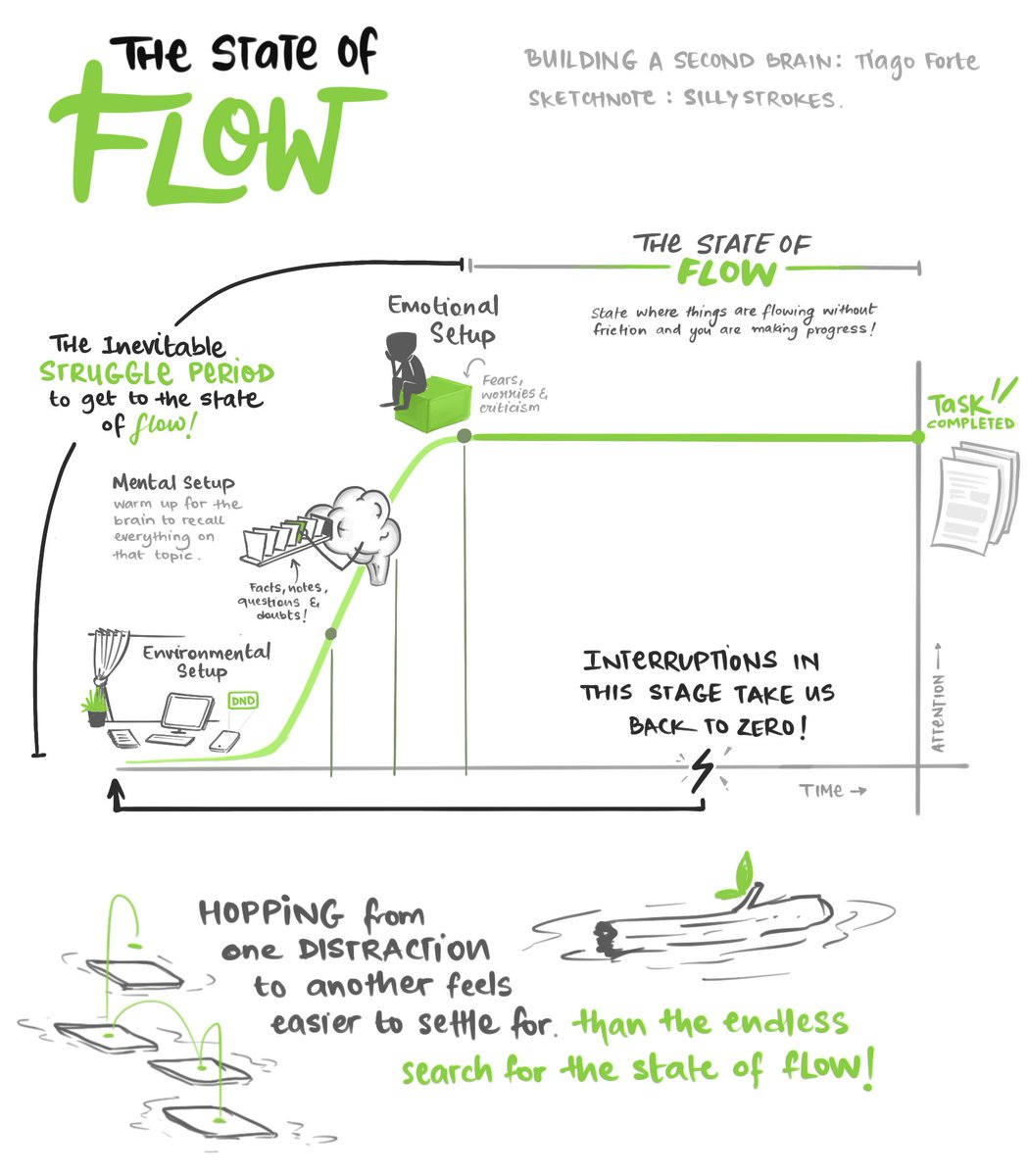
Week 1: Capture
Key Lesson: Not everything we capture needs to go into our second brain. Use a buffer space that holds captured content till we can decide if it's actually of value.
Key Lesson: Not everything we capture needs to go into our second brain. Use a buffer space that holds captured content till we can decide if it's actually of value.

Our content consumption is largely shaped by our habits. Instead of trying to reset it all at once, make smaller visible shifts in terms of how we spend our time. 

Week 3: Distill
Note-taking is a tool for creativity. It means you DON'T have to be creative to be able to do it.
Note-taking is a tool for creativity. It means you DON'T have to be creative to be able to do it.

These small elevations may seem unnecessary but they make all the difference when trying to find information after saving and forgetting. 

Highlighting the entire page makes it loose it's importance no matter how valuable the data is. It's not readable, especially not at a glance. You are most likely to skip it because it overburdens you. Don't do this with your notes. 

Creating intermediate packets does exactly that. Have shorter, well defined outputs you work towards. This makes your work process less vulnerable to interruptions. 

Week 4: Express
This is the time when a lot of creative decisions need to be made. Setting priorities and converging towards a final deliverable. The process need not be linear. In-fact it's almost always a loop.
This is the time when a lot of creative decisions need to be made. Setting priorities and converging towards a final deliverable. The process need not be linear. In-fact it's almost always a loop.

Make once, use it forever. Compound existing knowledge and you will never have to start a project from scratch. 

@fortelabs this has been quite a journey. Until I put these all together, I had no clue I processed this volume of high quality content.
Highly recommend Building a Second Brain to anyone and everyone who believes in learning.
#basb #buildingasecondbrain #sketchnotes #course
Highly recommend Building a Second Brain to anyone and everyone who believes in learning.
#basb #buildingasecondbrain #sketchnotes #course
• • •
Missing some Tweet in this thread? You can try to
force a refresh












